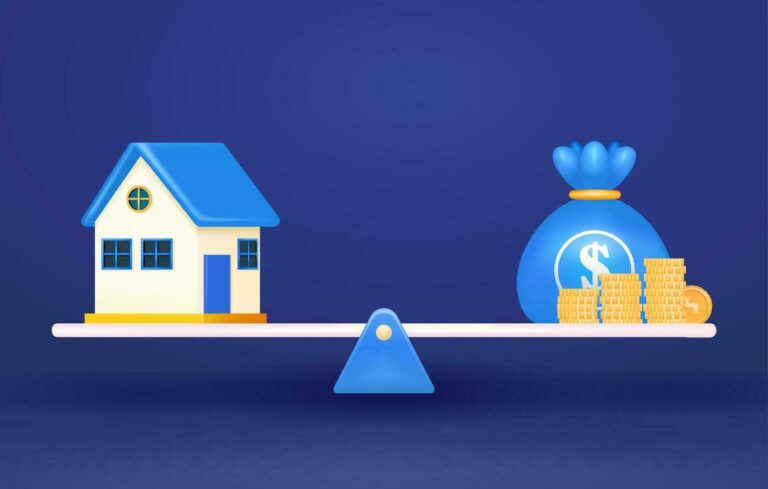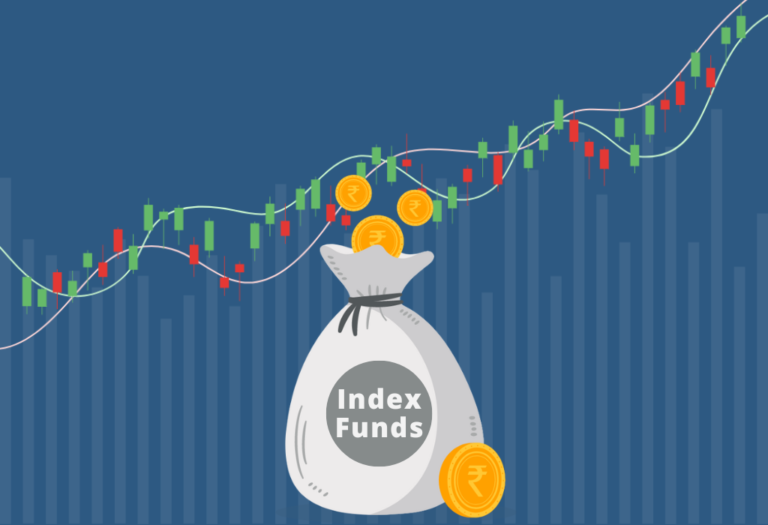Best balanced advantage funds to invest in 2024
Investing in mutual funds has become a popular choice for many individuals looking to grow their wealth. Among the various types of mutual funds available, balanced advantage funds (BAFs) or Dynamic Asset Allocation Funds have garnered significant attention. These funds offer a blend of equity and debt, aiming to provide a balanced risk-reward proposition for investors. Here, we explore some of the best balanced advantage funds to invest in India, highlighting their features, benefits, and performance.

What are Balanced Advantage Funds?
Balanced Advantage Funds, also known as Dynamic Asset Allocation Funds, dynamically adjust their equity and debt exposure based on market conditions. This flexibility allows them to capitalize on market opportunities while managing risks effectively. They aim to provide a stable investment avenue that balances growth and safety, making them suitable for a wide range of investors, from conservative to aggressive.
Benefits of Investing in Balanced Advantage Funds
- Dynamic Asset Allocation: BAFs adjust their equity and debt exposure based on market conditions, aiming to optimize returns while managing risks.
- Diversification: These funds offer a diversified portfolio of equity and debt instruments, reducing the impact of market volatility on the overall investment.
- Risk Management: The dynamic allocation strategy helps in managing downside risks, making these funds suitable for conservative investors seeking stability.
- Tax Efficiency: Balanced advantage funds are treated as equity-oriented funds for tax purposes, providing favorable tax treatment on capital gains.
- Professional Management: These funds are managed by experienced fund managers who employ various strategies to maximize returns and manage risks.
Factors to Consider When Investing in Balanced Advantage Funds
When choosing a balanced advantage fund, investors should consider the following factors:
- Fund Performance: Look at the fund’s historical performance across different market cycles to assess its consistency and ability to manage risks.
- Fund Manager’s Expertise: The experience and track record of the fund manager play a crucial role in the fund’s performance. A skilled fund manager can effectively navigate market uncertainties and optimize returns.
- Expense Ratio: The expense ratio is the annual fee charged by the fund for managing your investments. A lower expense ratio can lead to higher net returns for investors.
- Investment Horizon: Balanced advantage funds are suitable for medium to long-term investment horizons. Investors should align their investment period with the fund’s objectives to achieve optimal returns.
- Risk Tolerance: While balanced advantage funds offer a balanced risk-reward profile, they still carry market risks. Investors should assess their risk tolerance before investing in these funds.
- Portfolio Composition: Analyze the fund’s portfolio composition to understand the allocation between equity and debt. A well-diversified portfolio can help in managing risks and enhancing returns.
Key Metrics to Evaluate Balanced Advantage Funds
- Sharpe Ratio: This measures the fund’s risk-adjusted returns. A higher Sharpe ratio indicates better risk-adjusted performance.
- Standard Deviation: This metric indicates the fund’s volatility. Lower standard deviation means the fund’s returns are more stable.
- Alpha: This measures the fund’s performance relative to a benchmark index. Positive alpha indicates the fund has outperformed the benchmark.
- Beta: This indicates the fund’s sensitivity to market movements. A beta of less than 1 means the fund is less volatile than the market.
Tax Implications
- Equity-Oriented Classification:
- If a BAF maintains at least 65% of its assets in equities, it is classified as an equity-oriented fund. This classification affects the tax treatment of capital gains.
- Short-Term Capital Gains (STCG): Gains from units held for less than one year are taxed at 15%.
- Long-Term Capital Gains (LTCG): Gains from units held for more than one year are taxed at 10% for gains exceeding ₹1 lakh.
- If a BAF maintains at least 65% of its assets in equities, it is classified as an equity-oriented fund. This classification affects the tax treatment of capital gains.
- Debt-Oriented Classification:
- If a BAF holds less than 65% in equities, it is classified as a debt-oriented fund.
- Short-Term Capital Gains (STCG): Gains are added to the investor’s income and taxed according to the applicable income tax slab.
- Long-Term Capital Gains (LTCG): Gains from units held for more than three years are taxed at 20% with indexation benefits.
- If a BAF holds less than 65% in equities, it is classified as a debt-oriented fund.
Balanced Advantage Funds (BAFs) dynamically manage their exposure to equities and debt based on market conditions, making them a preferred choice for investors looking for a balance between growth and stability. Here’s a deeper dive into some of the top BAFs in India.
| S.No | Mutual Fund Name | 1-Year Return (%) | 3-Year Return (%) | 5-Year Return (%) |
| 1 | Quant Dynamic Asset Allocation Fund – Dir | 55.64 | ||
| 2 | HDFC Balanced Advantage Fund – Dir | 39.87 | 24.96 | 20.99 |
| 3 | Axis Retirement Savings Fund – Dynamic Plan – Dir | 33.93 | 15.14 | |
| 4 | NJ Balanced Advantage Dir | 31.9 | ||
| 5 | Mahindra Manulife Balanced Advantage Fund – Dir | 27.38 | ||
| 6 | Axis Balanced Advantage Fund – Dir | 27.3 | 14.87 | 14 |
| 7 | Invesco India Balanced Advantage Fund – Dir | 26.88 | 14.42 | 13.61 |
| 8 | Franklin India Dynamic Asset Allocation Fund of Funds – Dir | 26.75 | 17.71 | 14.27 |
*Data as on 20th July 2024
Conclusion
Balanced Advantage Funds offer a versatile investment option for those seeking a balanced approach to investing, combining the growth potential of equities with the stability of debt. The funds highlighted above have demonstrated strong performance, effective risk management, and experienced fund management, making them some of the best choices for investors. However, it’s crucial for investors to align their choices with their financial goals, risk tolerance, and investment horizon. Consulting with a financial advisor can provide tailored advice and help make informed investment decisions. Investing in balanced advantage funds wisely can help achieve a well-rounded and diversified investment portfolio.








Good information sir
Thank you Dheeraj!!